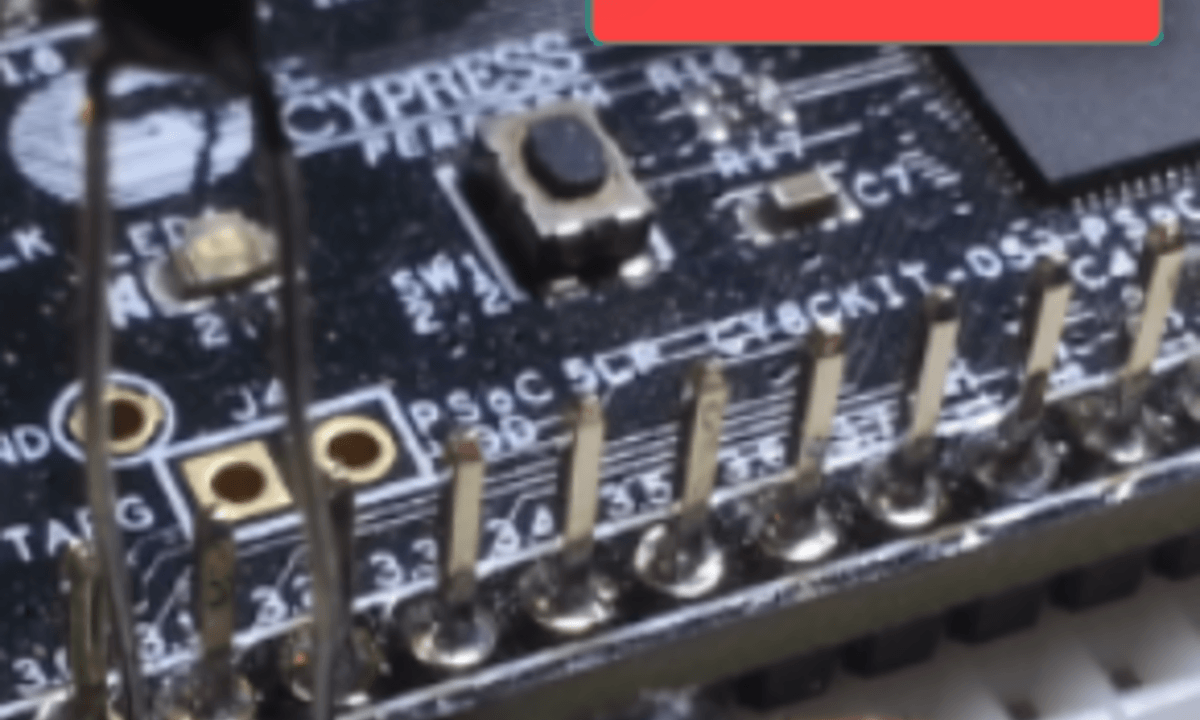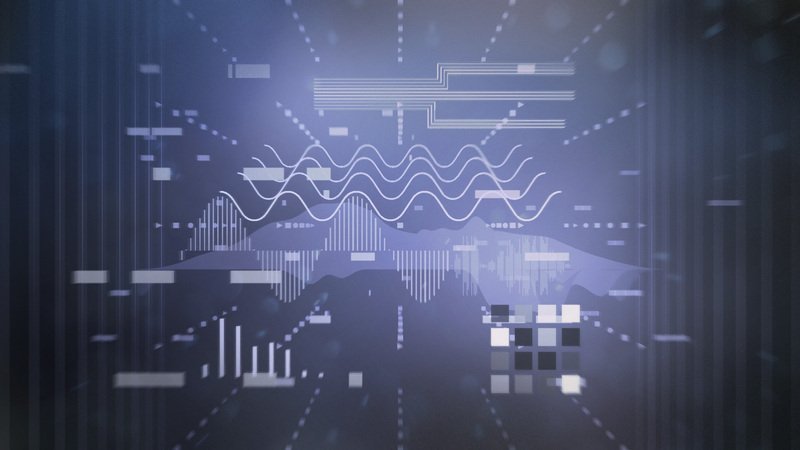GRATIS
University of Colorado Boulder vía Coursera
GRATISSensors and Sensor Circuit Design
Acerca de este curso
- Thermal Sensors
- In module 1 you will learn how to specify and use temperature sensors in an embedded circuit. First, you will learn about common types of sensors and actuators found in common products such as smart phones and automobiles. Then you will get a high-level overview of analog and digital interfaces, followed by a deep dive into thermistors, RTD’s, and thermocouples. For each of these three types of thermal sensors, we define the core theory and formulae, give you examples of how commercial sensors are packaged, and explain what you need to know to purchase them on a web site.
- Sensor Development Kit and Prototyping
- In module 2 you will learn how to design a complete temperature sensor system within a development kit environment. We will teach you how to assign internal components to the schematic. This includes pins, amplifiers, MUX’s, DAC’s, and ADC’s. Then you will learn how to wire in external parts: resistors, thermistors in particular, to the kit. Finally, you will take a deep dive into interfacing a thermistor and associated front end components to the development kit. This includes lessons on using the schematic portion of the kit, as well as writing application software in c code.
- Rotary and Flow Sensors
- In module 3 you will learn how rotary sensors work and how to specify them for purchase. In our videos rotary sensors include both optical encoders and resolvers. You will also learn the design intricacies of flow sensors, along with their appropriate applications. The videos will discuss variable area, differential pressure, vortex, ultrasonic, turbine, thermal mass flow, and coriolis flow meters.
- Amplifiers and Sensor Noise
- In module 4 you will learn the theory and practical application of amplifiers and circuit noise. You will review how gain is calculated in inverting, non-inverting, summing, differential, and instrumentation amplifiers. We will then contrast theoretical vs. real-world amplifier performance, and give examples of how commercial chips specs are interpreted. Then we will discuss the causes of noise in sensor circuits, how the noise affects sensor accuracy, and some steps you can take to reduce noise in your sensor circuit designs.
- Course Project
- This module contains the materials you need to complete the thermistor lab assignment.
Cursos relacionados

GRATIS Aprendiendo a aprender: Poderosas herramientas mentales…
Deep teaching solutions
Español

GRATIS Programación para todos (Introducción a Python)
University of Michigan
Inglés

GRATIS The Science of Well-Being
Yale
Inglés

GRATIS Negociación exitosa: Estrategias y habilidades esenciales
University of Michigan
Inglés

GRATIS Primeros Auxilios Psicológicos (PAP)
Universitat Autónoma de Barcelona
Español


